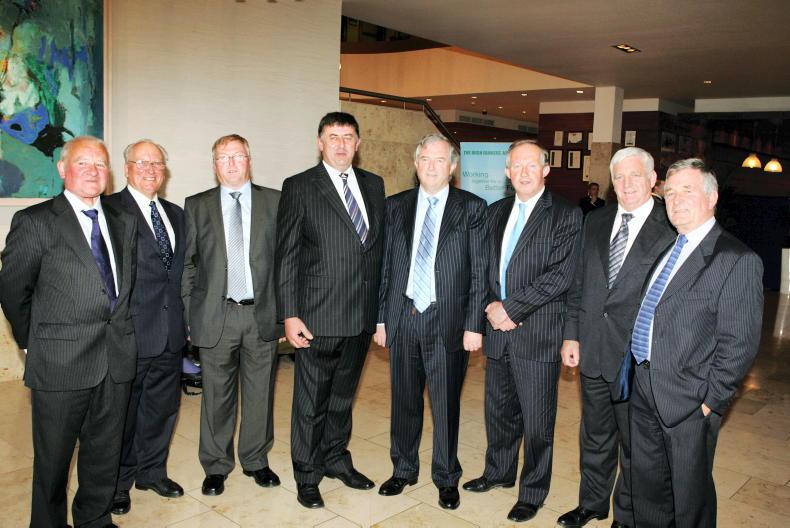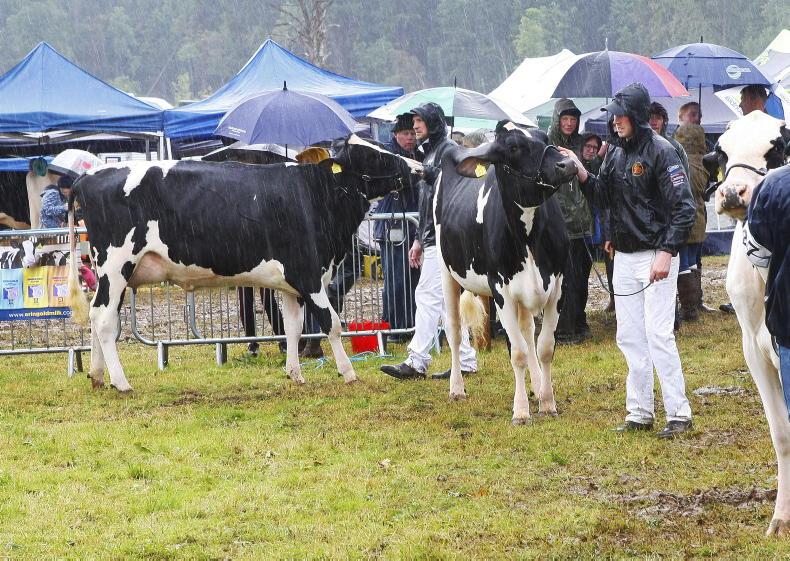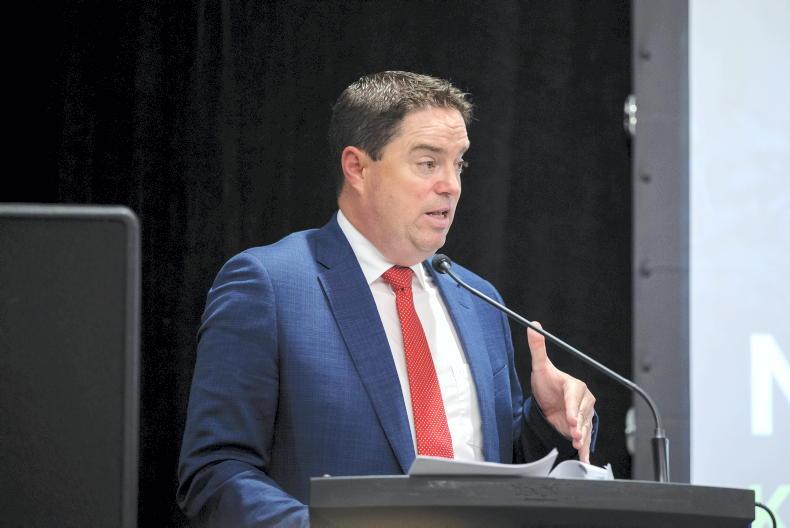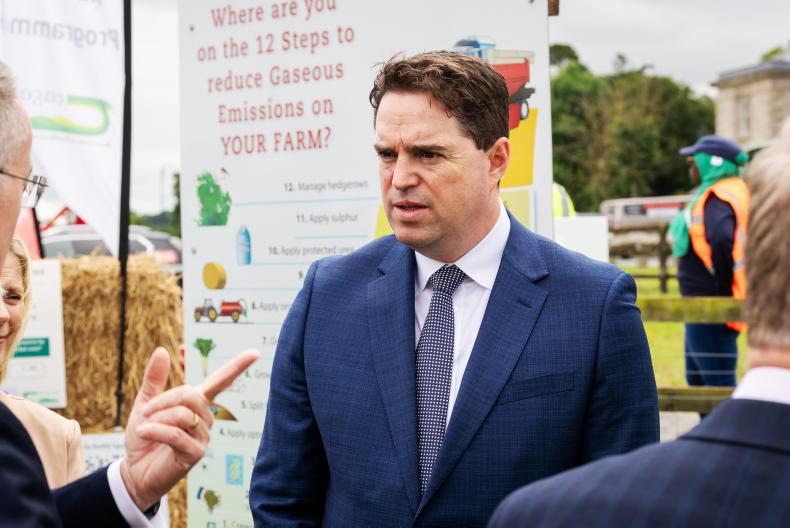The much talked about dairy retirement scheme has been transformed into a voluntary dairy reduction scheme in the latest draft report from the Dairy Vision Group.
The industry group chaired by former Teagasc director Prof Gerry Boyle has just published an interim report that will be sent to the Minister for Agriculture.
The report provides an update of the work of the group to date and sets out a preliminary list of 17 recommended actions for the dairy sector.
It states that these recommendations are preliminary in the sense that the group recognises that in many cases further work will be required to flesh out the measures.
Among the more significant measures recommended are to:
1 Consider a voluntary dairy exit/deintensification scheme.
2 Explore the potential of a cap-and-trade emissions model - this means establishing emissions per farm and allowing emissions to be traded between farms.
3 Explore the possibility of measuring and monitoring carbon production at individual farm level.
4 Reduce chemical nitrogen use in the dairy sector by 30% in the short term (2025), with a 35% reduction target in the medium term (2030). This had been 35% in the short term in previous drafts.
5 Target a 100% replacement rate of CAN with protected urea by the end of 2025 for grass-based dairy production systems.
Dairy cow reduction scheme
Some details of the deintensification scheme are contained within the report are:
The incentivised voluntary dairy exit/deintensification scheme will operate over a contract period. It should be open to farmers under such a scheme to reduce completely or partially their cow numbers in return for an appropriate incentive. The farmer would commit to a specific reduction number at the start of the contract.The scheme would operate over that contract period and provide an annual payment each year per cow in line with stated and verified reductions return. The farmer could not calve any cows and register births on the AIM system where they had opted to completely reduce. Where they had opted for a partial reduction, they could not calve any more cows than those in the herd but not included on their reduction scheme application at the time of application. The benefit would be a reduction in cows translating into a direct emissions impact. Legally the commitment would need to be linked to the herd and the holding. Therefore, a farmer could not opt for the scheme and remove all their cows and then transfer the holding during the contract for the transferee to start a breeding ruminant enterprise on that holding. The contract period and the link to herd/holding are essential elements to ensure a reduction in emissions is achieved and lasts over a period of time.
The much talked about dairy retirement scheme has been transformed into a voluntary dairy reduction scheme in the latest draft report from the Dairy Vision Group.
The industry group chaired by former Teagasc director Prof Gerry Boyle has just published an interim report that will be sent to the Minister for Agriculture.
The report provides an update of the work of the group to date and sets out a preliminary list of 17 recommended actions for the dairy sector.
It states that these recommendations are preliminary in the sense that the group recognises that in many cases further work will be required to flesh out the measures.
Among the more significant measures recommended are to:
1 Consider a voluntary dairy exit/deintensification scheme.
2 Explore the potential of a cap-and-trade emissions model - this means establishing emissions per farm and allowing emissions to be traded between farms.
3 Explore the possibility of measuring and monitoring carbon production at individual farm level.
4 Reduce chemical nitrogen use in the dairy sector by 30% in the short term (2025), with a 35% reduction target in the medium term (2030). This had been 35% in the short term in previous drafts.
5 Target a 100% replacement rate of CAN with protected urea by the end of 2025 for grass-based dairy production systems.
Dairy cow reduction scheme
Some details of the deintensification scheme are contained within the report are:
The incentivised voluntary dairy exit/deintensification scheme will operate over a contract period. It should be open to farmers under such a scheme to reduce completely or partially their cow numbers in return for an appropriate incentive. The farmer would commit to a specific reduction number at the start of the contract.The scheme would operate over that contract period and provide an annual payment each year per cow in line with stated and verified reductions return. The farmer could not calve any cows and register births on the AIM system where they had opted to completely reduce. Where they had opted for a partial reduction, they could not calve any more cows than those in the herd but not included on their reduction scheme application at the time of application. The benefit would be a reduction in cows translating into a direct emissions impact. Legally the commitment would need to be linked to the herd and the holding. Therefore, a farmer could not opt for the scheme and remove all their cows and then transfer the holding during the contract for the transferee to start a breeding ruminant enterprise on that holding. The contract period and the link to herd/holding are essential elements to ensure a reduction in emissions is achieved and lasts over a period of time. 








SHARING OPTIONS